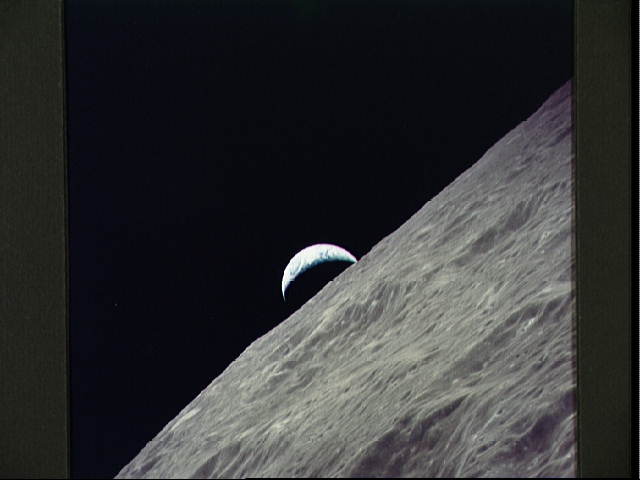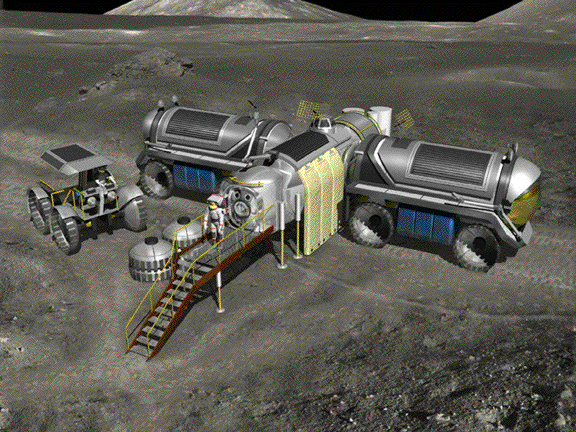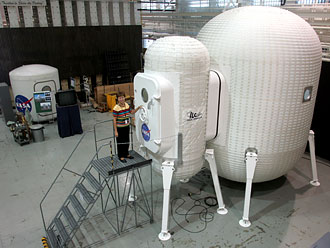 The countdown clock for space shuttle Atlantis STS-122 mission has been started Monday evening at 7pm EST. If all goes well, the countdown will culminate at an 4:31pm EST launch on Thursday, Dec., 6th. So far, no problems are expected. Everything runs exceptionally smooth. Even the weather forecast is predicting a 80% chance for launch!
The countdown clock for space shuttle Atlantis STS-122 mission has been started Monday evening at 7pm EST. If all goes well, the countdown will culminate at an 4:31pm EST launch on Thursday, Dec., 6th. So far, no problems are expected. Everything runs exceptionally smooth. Even the weather forecast is predicting a 80% chance for launch!
So if you want to go to Kennedy Space Center to view the launch, its time to get ready. And if you do, please drop me a line with your experience. I’d greatly appreciate that.
Prior to countdown start, the payload bay doors have been closed. This can be seen on the picture. Shuttle Atlantis will ferry the European Columbus lab module to the international space station ISS. It is Europe’s major contribution to the orbiting outpost. Columbus will be managed from an ESA-Center in Germany.
The astronauts have also arrived at Kennedy Space Center. They are now doing final preparations and getting ready for their exciting ride to the skies.
Finally, let me quote NASA’s home page with some more details:
The launch team at NASA’s Kennedy Space Center in Florida began the countdown Monday night for the launch of mission STS-122. Space shuttle Atlantis is scheduled to lift off at 4:31 p.m. EST on Thursday to begin an 11-day mission to the International Space Station.
“All of our systems are in good shape,” said assistant launch director Charlie Blackwell-Thompson.
The weather forecast calls for an 80 percent chance of acceptable weather at launch time, weather officer Kathy Winters said.
“We’re very optimistic about it,” Winters said.
The seven astronauts who will perform the mission arrived at Kennedy at about 12:30 p.m. EST on Monday to begin their final preparations for the mission. Atlantis has a 10-minute window to launch so it can catch up with the International Space Station.
NASA astronaut Steve Frick will command the seven-man crew during the 11-day mission to attach the European-built Columbus laboratory to the International Space Station. Frick, Alan Poindexter, Rex Walheim, Leland Melvin, Hans Schlegel and Leopold Eyharts will fly aboard Atlantis during mission STS-122.
“It’s been a long time building to this moment, so we’re just absolutely ready to go,” Frick said.
Atlantis’ primary mission is to install the European laboratory called Columbus on the International Space Station. It will take a series of spacewalks, not to mention intricate maneuvers with robotic arms on the shuttle and station to complete the task.
“We flew by shuttle Atlantis on the launch pad and it’s a beautiful sight,” Poindexter said.




